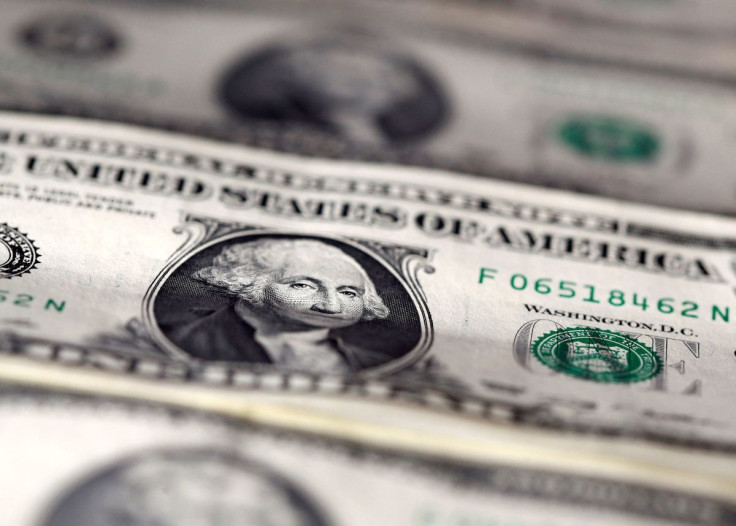Dollar Nears Pandemic Peaks As Investors Seek Safety

The dollar stood at its highest level since the early days of the pandemic on Wednesday and was heading for its best month since 2015, supported by the prospect of U.S. rate hikes and on safe-haven flows fanned by slowing growth in China and Europe.
Fears for Europe's energy security pushed the euro to a five-year low of $1.0635 after Russia's Gazprom said it would cut gas supply to Poland and Bulgaria.
The U.S. dollar index, which measures the greenback against a basket of six major currencies, edged up to 102.39 in the Asia session, the strongest it has been since March 2020.
"The dollar is the hedge in markets presently, while commodities including gold are no longer working as effectively," said analysts at Citi.
"The dollar is 'quality carry,'" they added. "The dollar also offers more yield than any of the other safe haven FX alternatives."
The dollar index is up 4% this month and the euro, yuan and yen have slid as traders wager that rates are going up faster in the United States than any other major economy.
"Even if the Fed stops tightening in June 2022, the U.S. is expected to have higher rates than (Europe) through the whole of 2023," said Deutsche Bank strategist Alan Ruskin.
The heft of that as a driver of currency movements has only increased as uncertainty swirls around the war in Ukraine - now in its third month - as well as the global consequences of China's persistence with disruptive COVID-zero policies.
The Chinese yuan took a breather following a steep decline that appears to have had the blessing of authorities, steadying at 6.5575 per dollar. [CNY/]
Data also showed Chinese industrial profit growth quickened in March.
AUSSIE BOUNCE
U.S. earnings are likely to set the tone across financial markets later in the day, ahead of U.S. growth data due on Thursday where a solid showing could reinforce bets on rates moving sharply higher at the Federal Reserve's May meeting.
Commodity currencies have also sold lately in favour of the safety of the greenback, driving the New Zealand dollar close to its lowest levels of this year at $0.6562.
The Australian dollar caught a modest boost after Australian consumer prices surged at their fastest annual pace in two decades, spurring speculation that interest rates could be lifted from record lows as soon as next week.
The Aussie rose as much as 0.6% to $0.7171. [AUD/]
"With trimmed mean inflation already higher than at the start of previous tightening cycles, the Reserve Bank of Australia may opt for a 50 bp hike at its June meeting," said Marcel Thieliant at Capital Economics.
Elsewhere the stronger dollar dented an attempted bounce for the yen, which had seen some support from safety flows and positioning for the risk of a policy shift. The yen last traded about 0.3% lower at 127.60 per dollar.
The Bank of Japan meets on Wednesday and Thursday and markets see some risk of adjustment to forecasts or even policy changes to try and arrest the currency's recent weakness.
The South Korean won was slammed to a two-year trough after North Korea pledged to boost its nuclear arsenal.
Sterling, which has dropped more than 2% on the dollar this week as soft retail sales data has prompted a re-think of Britain's rates outlook, hit a fresh 21-month low of $1.2560 on Wednesday.
Bitcoin, sold on Tuesday as investors dumped risky assets, hovered near a six-week low at $38,430.
© Copyright Thomson Reuters 2024. All rights reserved.




















